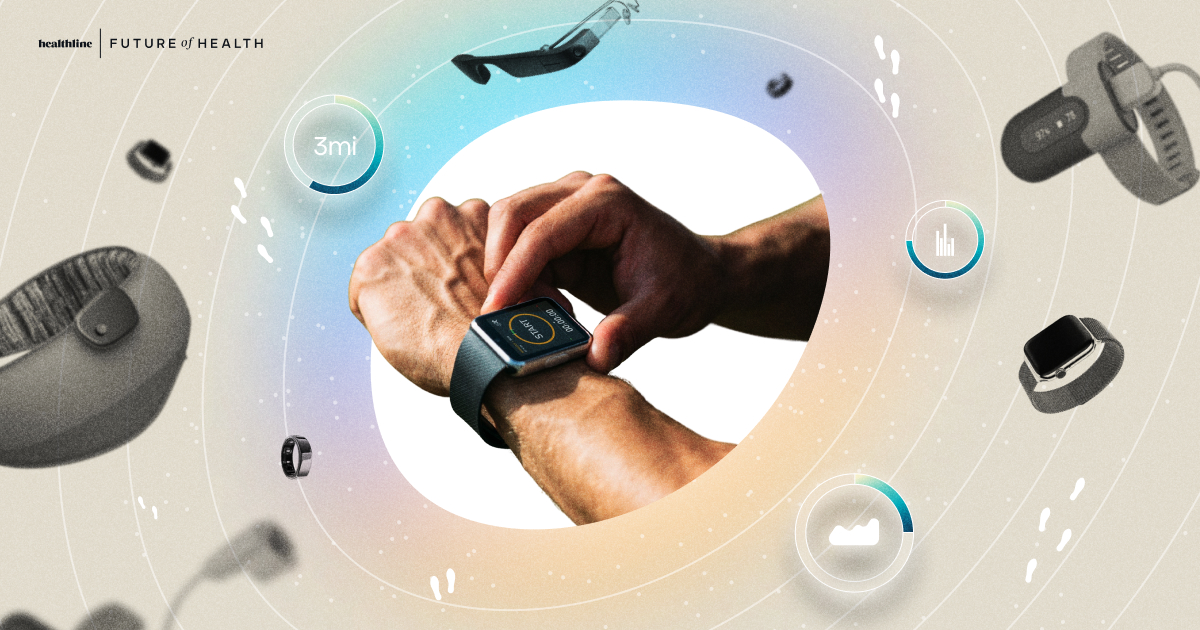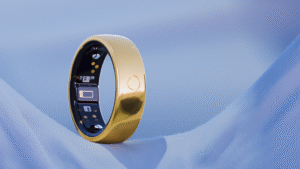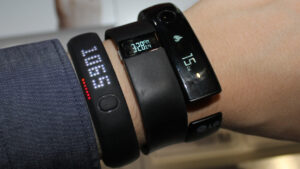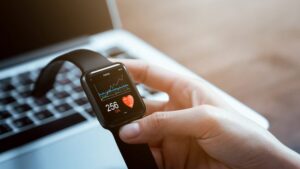
Wearable sensors are smart sensors incorporated into clothing, accessories, or implants that monitor health metrics and act as replacements for regular check-ups – providing insights into health conditions or even flagging any early warning signs of disease exacerbation. read more
Wearable technology can play an effective role in healthcare by offering motivational reminders and encouraging users to meet fitness goals [77]. Unfortunately, wearables may cause individuals to feel discouraged when their performance falls below that of their peer group.
Health
Wearable devices provide many health advantages that are particularly helpful to those living with chronic diseases. Wearables track vital metrics like heart rate and blood pressure, providing users with real-time updates of these results to their doctors in real time – helping speed diagnosis, reduce treatment times and healthcare costs, as well as decrease overall costs for patients.
But technology may also bring some concerns for some users. Studies have demonstrated that wearable fitness trackers or similar trackers can decrease self-efficacy when people perceive themselves as less active compared to their peers who are more active, which can have detrimental effects on mental and physical health – particularly among children who may obsess over reaching a set step count every day.
Concerns related to consumer wearables also stem from their collection and analysis of personal data which is highly sensitive. Some devices require substantial information from users in order to function, such as email addresses, full names and birth dates; other gather more general data like user activity or location tracking. Such sensitive data is vulnerable to attack but also represents an incredible opportunity to provide tailored and effective care services.
Fitness
Wearable technology is revolutionizing the fitness industry. Pedometers have become an everyday fixture, with smartphone or watch apps now tracking steps taken and activity levels. Data generated from such wearable devices enables users to set goals, track progress and stay motivated during physical activity sessions. Some wearables also help identify early warning signs that could indicate heart attack or stroke issues and prompt individuals to seek appropriate healthcare consultations as soon as possible.
Wearable devices have many uses beyond monitoring conditions like diabetes or hypertension; they can help manage weight and assist with rehabilitation after injury or surgery, too. But these devices also have limitations; some users may choose not to wear them due to concerns over device accuracy (sleep/pulse monitors), the inconvenience of carrying multiple devices at once, and battery life issues.
Wearable technology has quickly become an effective tool in both health and fitness applications as well as accessibility and productivity improvements. Wirelessly connected headsets such as push-to-talk devices and smart glasses allow instant communication among colleagues while AR/VR headsets offer immersive virtual experiences. Wearables have even made their way into fashion design, with designers creating clothing with built-in heart rate monitoring, mobile charging capability, Bluetooth connectivity capabilities as well as AR or VR features incorporated.
Entertainment
Wearable technology is rapidly revolutionizing how we work, play and live. But did you know it can also provide fun and immersive entertainment experiences? From virtual reality headsets like Oculus Rift or HTC Vive to mobile gaming platforms like Pokemon Go – wearable technology can enhance our experiences.
Wearable devices that monitor physical activity, heart rate and sleep quality such as smartwatches and fitness trackers are the most prevalent types of wearable devices today, providing users with data that helps track progress towards fitness goals, manage chronic health conditions and enhance overall wellness.
Wearable devices have become an indispensable way of monitoring environmental data such as air pollution levels, UV exposure levels, temperature and more. Devices such as the My Skin Track UV by L’Oreal and WHOOP provide users with action they can take to protect their health from being negatively impacted.
Other devices include smart jewellery designed to be discreet and fashionable. Wearable devices that monitor health and fitness such as bracelets, rings or necklaces may help individuals feel empowered by their successes; some can detect falls and send alerts directly to pre-set contacts if required. But studies have revealed that using health monitoring devices as part of a self-criticism strategy may actually backfire; wearable devices that monitor health can actually increase feelings of self-critique instead.
Security
Wearable technology data requires rigorous cybersecurity measures in order to remain protected at all times, and using a managed service provider who offers tailored security solutions such as hardware- and software-based encryption can help keep it protected against cyber attacks.
Wearable devices that offer health data can empower users to improve their own wellbeing through daily step challenges and goal setting, without becoming dependent on them or being dissuaded from making positive lifestyle changes by becoming too reliant.
Wearable devices that enable individuals to track their activities can help save the NHS money by relieving doctors and nurses of monitoring duties. By empowering patients to self-monitor progress with portable ECG devices or heart rate monitors, patients can reduce the need for medically-supervised tests which require them to remove clothing or reveal sensitive areas.
Wearable technology is also being utilized to monitor workplace safety and environmental conditions in real time, which reduces costly hospital visits while simultaneously increasing productivity. Wearables also enable employees to feel engaged with their work by offering instant feedback on tasks performed as well as encouraging physical activity – something which has proven highly successful at increasing job satisfaction and decreasing turnover rates – saving companies hundreds of thousands if not millions in employee turnover costs alone.




